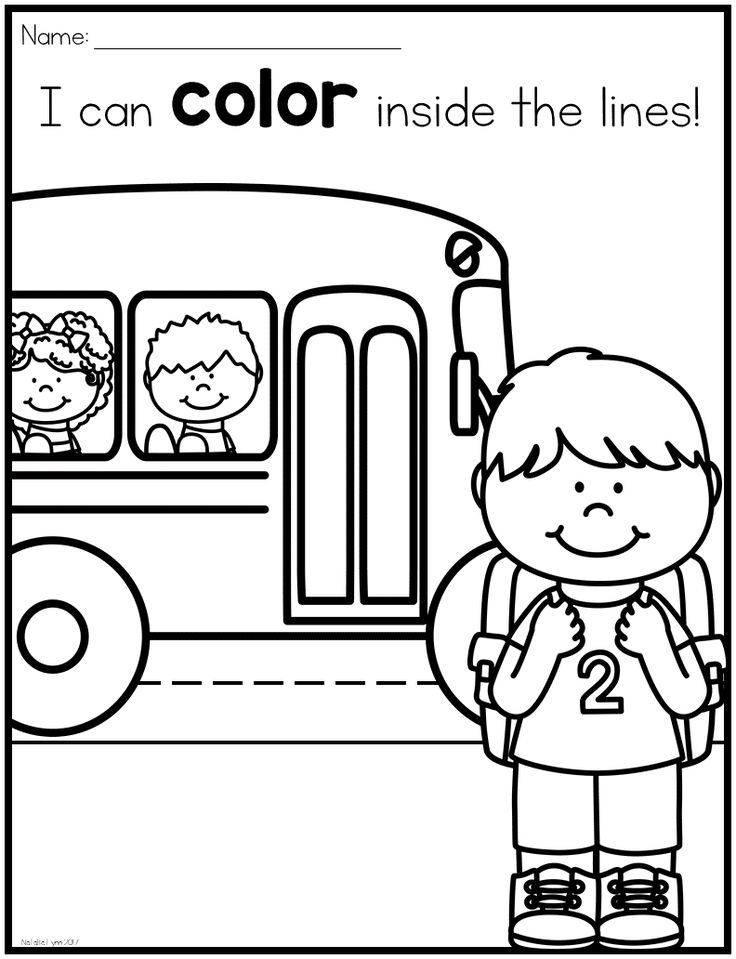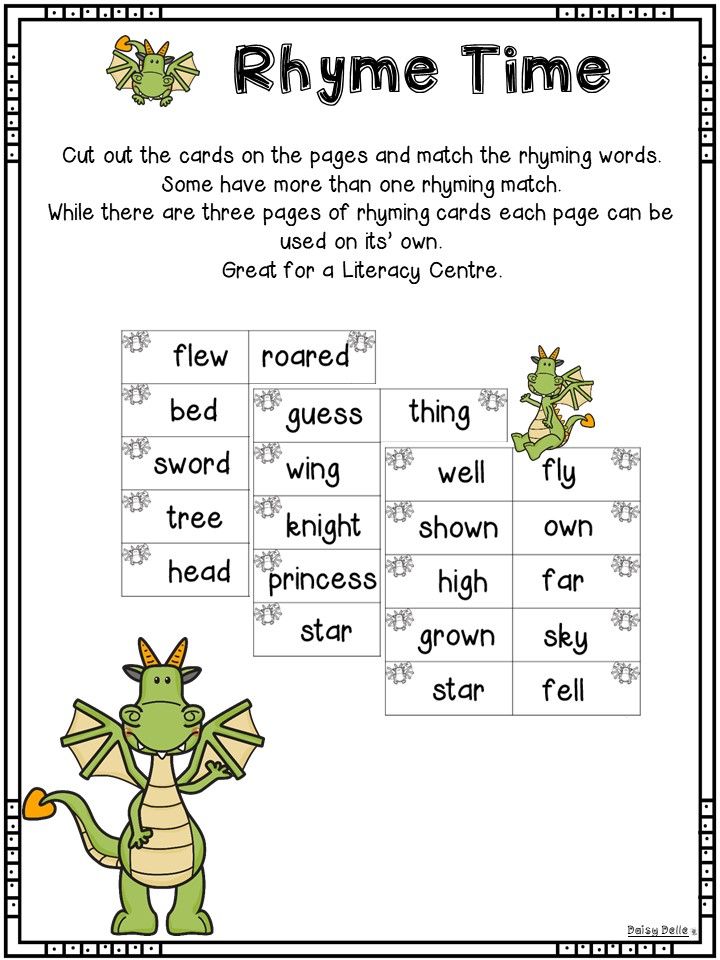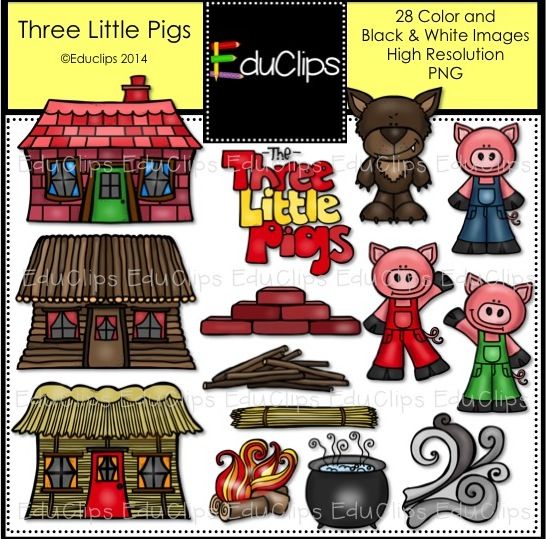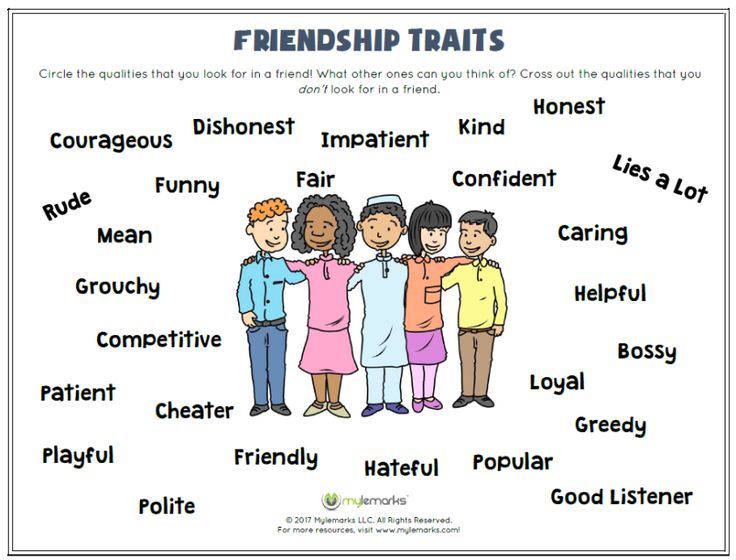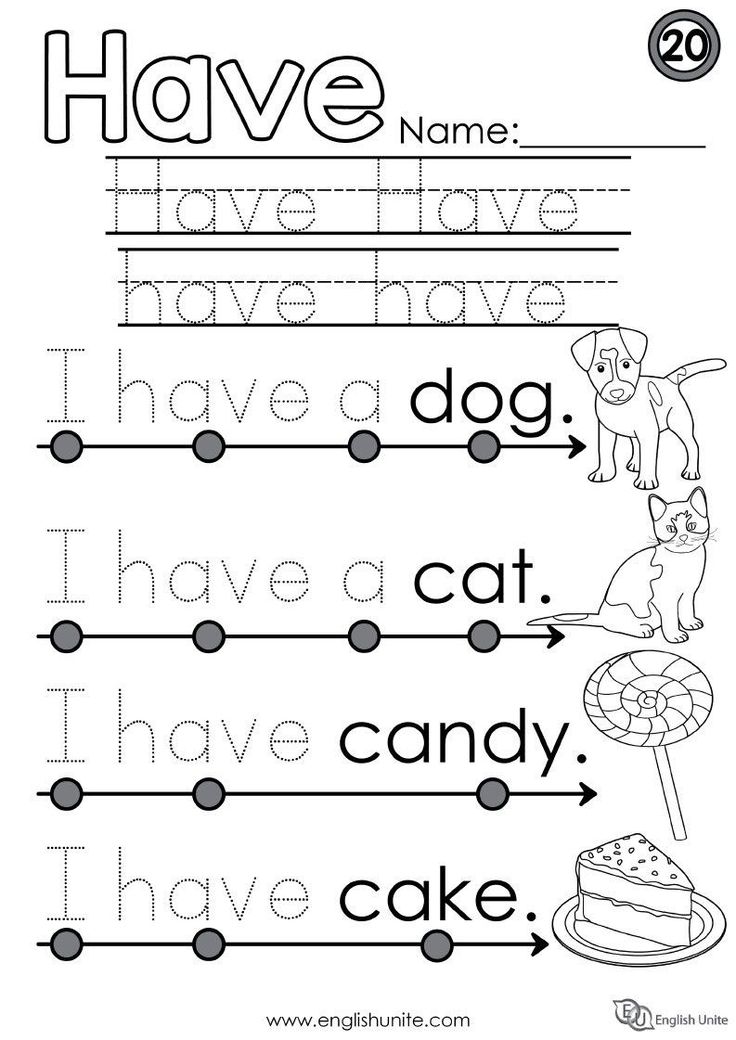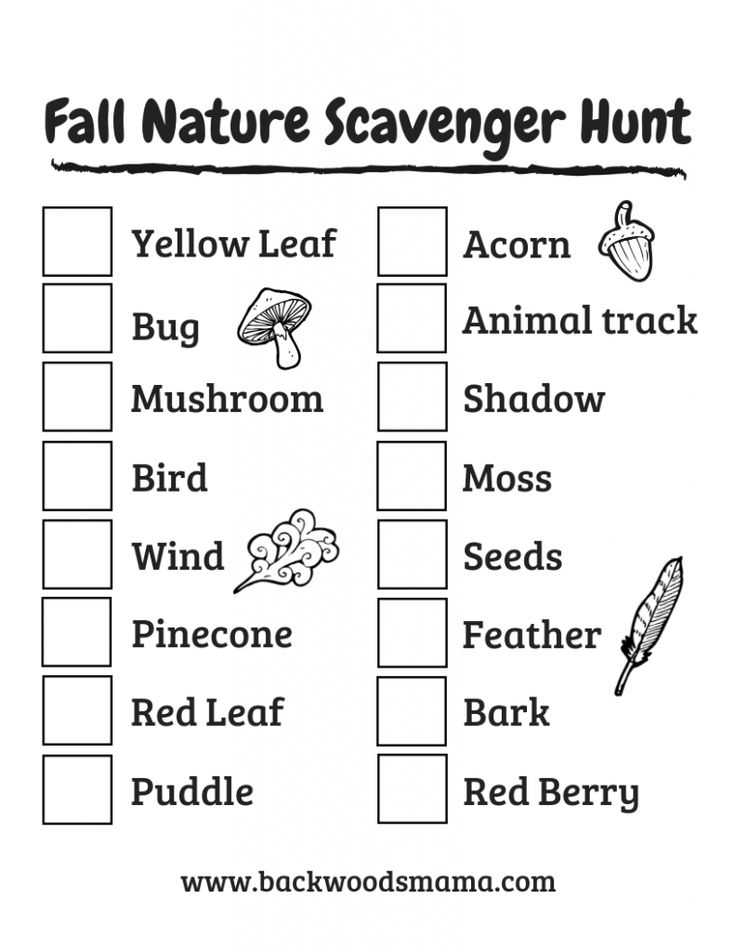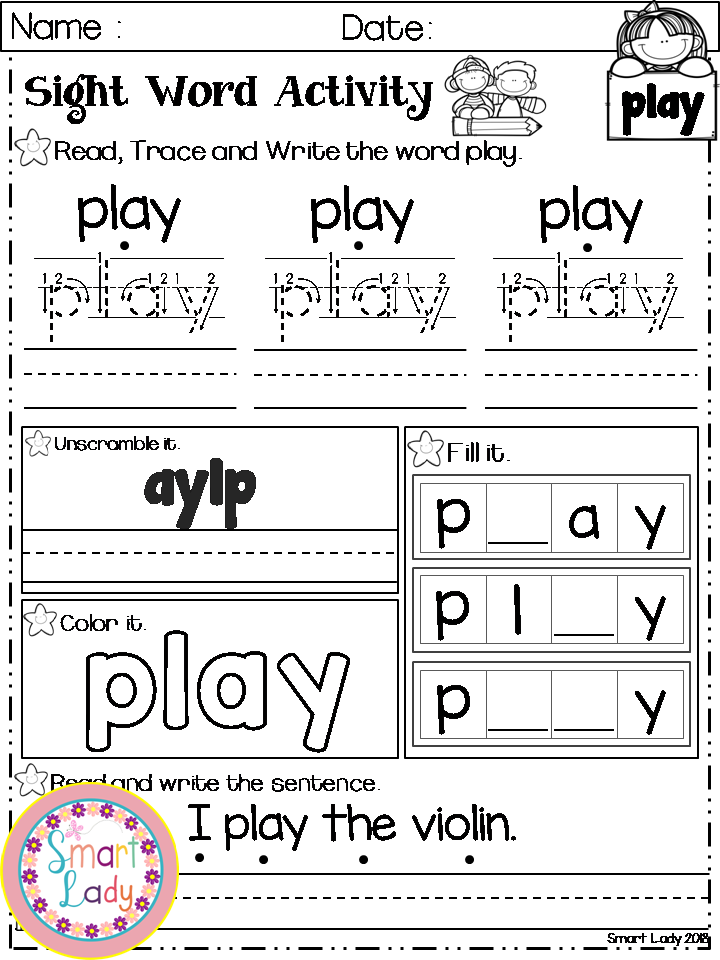How to help kids sound out words
Helping Kids Sound out Words
I often receive emails asking how to help kids learn to sound out words. Many times, it’s because kids struggle to blend together the sounds in the word. For example, they may sound out the individual sounds in a word, like /l/ – /o/ – /g/ and then say something like, bat. Ugh. And this can be very frustrating for the adult and the child.
What can be done to help kids learn how to sound out words? Before we decide to beat our head against a wall, let’s explore some ideas together!
Before I get too far, I want to share just three warnings, if you please.
1. First and foremost, you want to make sure your child is developmentally ready to sound out words. This is key. If kids aren’t developmentally ready, sounding out words will be nothing but frustrating for your child and for you. I have a post called How You Know Your Child is Ready to Read and The Measured Mom also has a great list of ways to know when your child is even ready to sound out words.
2. Secondly, sounding out words isn’t the end-all-be-all for figuring out words. As kids progress in their word knowledge, we want them to use other strategies. Also, some words are not so easy to sound out and we’ll address those in a minute. But for the purpose of this article, we’re going to zone in on sounding out words.
3. Thirdly, sometimes you can try every trick in the book and your child still struggles to sound out words. Take a deep breath. Keep modeling. Keep playing with sounds. Keep teaching with a multi-sensory approach. Some children really struggle with sounding out words. Be patient and don’t compare your child to another child.
Helping Kids Sound Out Words
When your child/student struggles to sound out words, here are some tips to try. Remember to keep in your mind my three warnings mentioned above. If you haven’t read them, go back and do it!
1. Play with sounds in words. Even though kids may know their letter sounds, seeing the letters in print and attempting to make and blend the sounds all at the same time blows their mind. It can help to take a step back and remove the actual letters and just play with sounds, specifically blending sounds.
Even though kids may know their letter sounds, seeing the letters in print and attempting to make and blend the sounds all at the same time blows their mind. It can help to take a step back and remove the actual letters and just play with sounds, specifically blending sounds.
In my 7-day reading series, 3 Important Skills Needed for Reading, I address specifically how to do this by playing with rhyming words, playing with syllables, and playing with phonemes {the individual sounds in words.} For our purposes, phonemic blending and phonemic segmenting will be the most helpful for readers who are struggling to sound out words.
2. Get kids writing and spelling. As I mention in my post on invented spelling and in Teaching Kids to Spell, allowing kids to “sound out” their spellings can actually increase their awareness of sounds words.
For example, if your child wants to write the word hat, help her listen for each sound in the word by stretching the word out.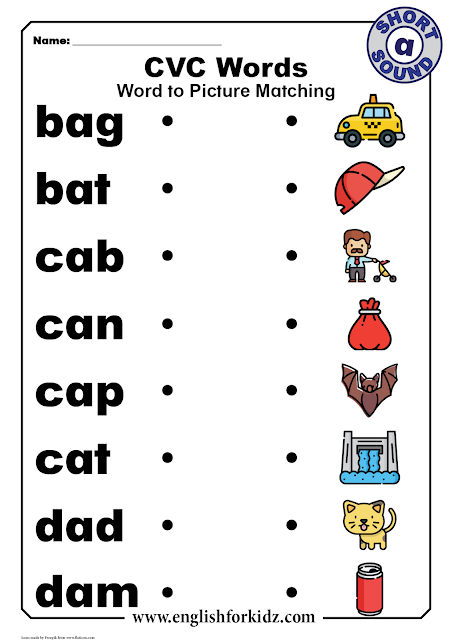 {This is called phonemic segmentation.} Then, after the word has been spelled, ask your child to read the word by blending the sounds back together again {phonemic blending.}
{This is called phonemic segmentation.} Then, after the word has been spelled, ask your child to read the word by blending the sounds back together again {phonemic blending.}
“I love you,” spelled independently by my 4 year old.
So often parents feel that kids shouldn’t spell words until they can spell the word correctly {as taught in some curricula}, but allowing kids to spell by sound can boost kids’ awareness of sounds in words which, in turn, can actually help them become better readers! {You can also read more about this in our 10 week Preschool and Kindergarten Writing Series.}
3. Start with sounds that can be prolonged. Letters don’t all make the same kinds of sounds. In other words, not all letter sounds were created equal {read more about letter sounds here}. Some letters are harder to blend than others. For example, trying stretching out the word pat (p–a–t). Now try stretching out mat (m–a–t). Can you hear how it could be easier to blend together mat than pat?
This is because letter sounds from letters like m, f, h, r, n, s, z and vowels can be stretched or prolonged, making it easier to blend them together.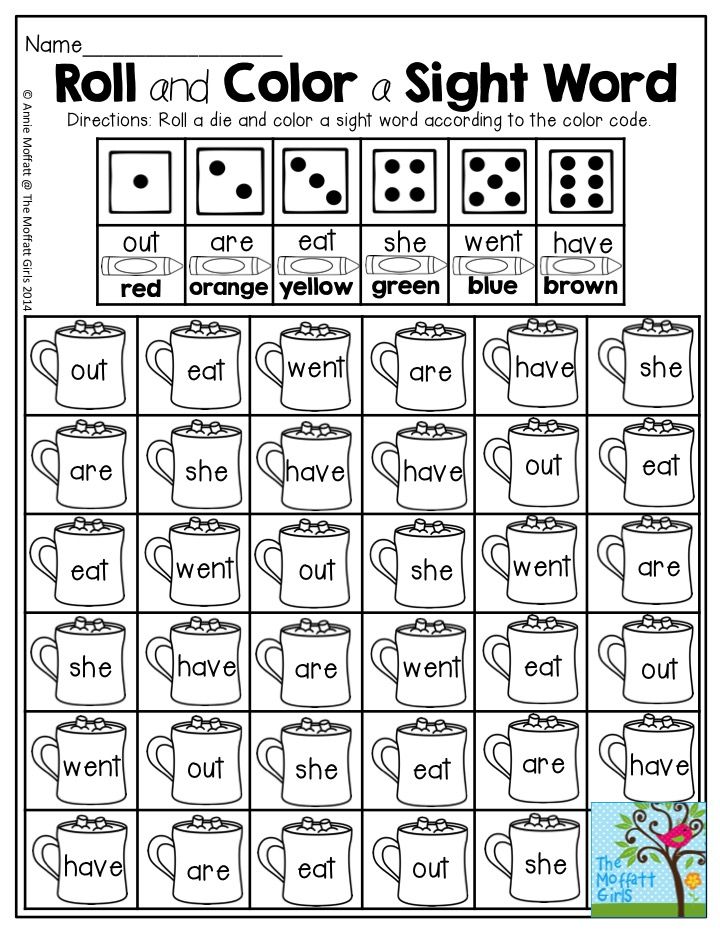 In other words, there’s no break of sound in between them. On the other hand, the letter sounds of c, d, t, and p do not continue their sounds. Try a few sounding out exercises with your child using real and/or silly words with these prolonged sounds like Sam, fan, zom, or nis. Say them slowly at first, then each time you sound them out, say the sounds closer and closer together.
In other words, there’s no break of sound in between them. On the other hand, the letter sounds of c, d, t, and p do not continue their sounds. Try a few sounding out exercises with your child using real and/or silly words with these prolonged sounds like Sam, fan, zom, or nis. Say them slowly at first, then each time you sound them out, say the sounds closer and closer together.
4. Use word families. Blending together two sounds can be much easier for some young readers than trying to blend together three sounds. We typically teach sounding out as three separate sounds {t-o-p}, but many readers will find blending together easier if we teach it like t-op, as explained in my word family post.
One of my favorite activities for young readers is to focus on ONE word family, such as -at. Help kids see how adding different sounds to the beginning of -at can make new words by letting them manipulate the letters.
To see a few ideas, check out our –at post from Reading the Alphabet. You can also find more hands-on manipulatives for word families with our Flip-a-Word activity and our Dr. Seuss word family hats.
5. Not all words can or should be “sounded out.” I am referring mostly to sight words. And while I do believe that MOST sight words DO follow phonics “rules” and that learners can sound out sight words, learners may not be developmentally ready for all the “rules” that are needed to sound out some of the basic sight words.
For example, the word away is a sight word taught early to young readers because it appears frequently in the books they read. Away follows the schwa rule for unaccented syllables and the -ay long a pattern. Are Kindergartners ready to learn all the rules to help them sound out away? Probably not.
Instead of trying to cram a bunch of rules into their brains {and most of our frequently used “rules” are broken more than followed} to help them sound out these words, some words just need to be learned by sight.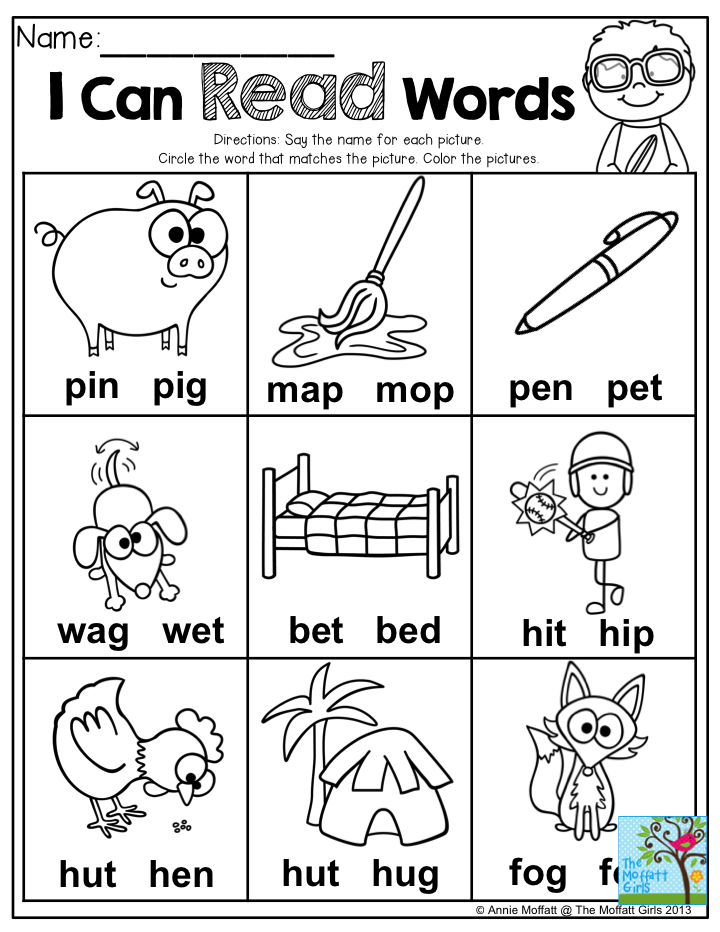
More Tips and Activities for Readers:
Short Vowel Folable Sound it Out Strips
1-2-3 Flip It for CVC Words
Enjoy teaching!
~Becky
Want MORE Free Teaching Resources?
Join thousands of other subscribers to get hands-on activities and printables delivered right to your inbox!
How To Help Kids Sound Out Words: Expert Tips And Ideas
It can take some time for kids to learn how to sound out words. Since this is a crucial part of reading fluently, you probably want to know how you can help. Are there any special exercises you can do at home to assist your child?
Of course there are! And we’ve compiled this detailed guide to help you get started.
What Does It Mean To “Sound Out Words”?
It’s hard to imagine it now, but once upon a time, none of us could read. The alphabet, lower and uppercase letters, and the spaces between words were all confusing. But through time and practice, here we are today.
But through time and practice, here we are today.
While many components helped us become fluent readers, learning how to sound out words was one of the game-changers.
In a nutshell, sounding out words means applying knowledge of letter-sound relationships in order to pronounce words properly.
When children learn this essential literacy skill, they will be able to say each sound in a word slowly and then quickly again. They will also understand how to blend the different sounds in a word together without much effort.
Eventually, kids internalize the process of sounding out words. To illustrate what we’re talking about, here’s a little challenge: Try to pronounce “splaf.”
You probably didn’t have to think too hard to pronounce this, even though it’s a nonsensical word. You were able to figure out the pronunciation almost immediately because the process of sounding out words has been so internalized.
At this stage of your life, sounding out happens automatically without thinking. Of course, you didn’t become an expert at sounding out words overnight, and neither will your child. But with time and practice, your young learner can also get there!
Of course, you didn’t become an expert at sounding out words overnight, and neither will your child. But with time and practice, your young learner can also get there!
Why It Matters
Sounding out words helps kids learn about how to blend sounds, which can help improve their overall reading skills.
Additionally, we know that when children have strong abilities in sounding out words, they are less prone to stumble as books become harder, even when books incorporate vocabulary that they have never seen or heard before.
This can especially be seen during the “fourth-grade slump.” Throughout the first few years at school, most kids can read the material well enough to get by. But around fourth grade, children who haven’t grasped some of the basic word recognition and decoding skills may lag behind.
Helping your child learn how to sound out words early can give them the confidence they need when faced with complicated and unfamiliar text both now and later in their learning journey.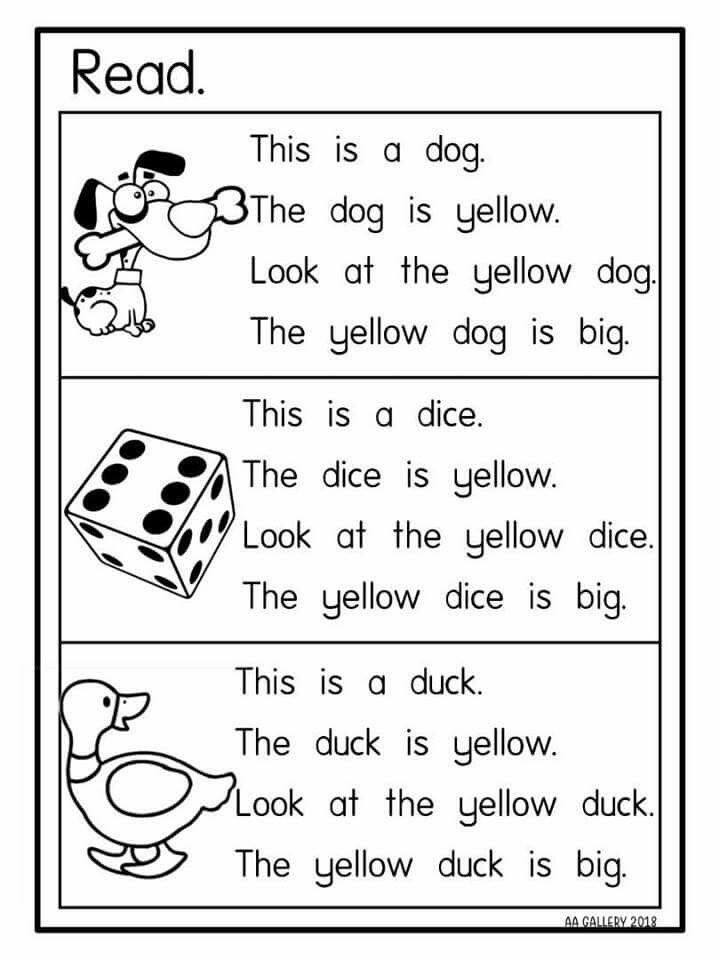
Is Your Child Ready To Sound Out Words?
If your child isn’t developmentally ready to sound out words, forcing it on them can be both frustrating and futile for you and your child.
Here are a few things to watch for to help you determine whether or not your child is ready to start sounding out words:
- Knowledge of the alphabet
- They can play with sounds in words
- Print awareness
- Phonological and phonemic awareness
- They are interested in learning to read
For more information about knowing when to start helping your child learn to read, take a look at our article Reading Readiness: Top Skills For Kids To Master.
How To Help Your Child Sound Out Words
If you feel your child is ready to learn how to sound out words, here are some ways to get started at home.
1) Help Them Identify The Phonemes
A phoneme is the smallest possible unit of sound in a language. For example, the word “cat” has three different phonemes — “c,” “a,” and “t.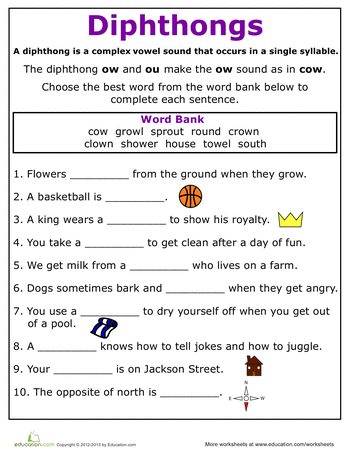 ” Phonemic awareness is the ability to identify and manipulate these sounds.
” Phonemic awareness is the ability to identify and manipulate these sounds.
Understandably, it’s challenging for a child who doesn’t understand phonemes to pronounce words correctly.
While reading together regularly gives you a great opportunity to help your child recognize and become familiar with different phonemes, you can also create activities to make things more exciting and help your young learner become more engaged with the content.
Activity Idea: From Sense To Nonsense
Choose a familiar book or nursery rhyme and ask your child to close their eyes as you read the story to them. This will help them focus on what they’re hearing.
As you read, occasionally change the words, word order, or wording. Your child will try to identify these changes, and when they manage to, ask them to explain what they think was wrong.
Here are some examples of how to make subtle changes to words to help your child with their phonemes:
- Mary had a little land
- Twinkle, twinkle, little far
- The wheels on the bus go mound and mound
- Baa baa black sleep have you any wool?
Your child will get a kick out of these little “mistakes” and have fun correcting you!
2) Read Aloud
As a parent, you probably already know the importance of early childhood reading and the great impact it can have on your child as they enter school and later in life.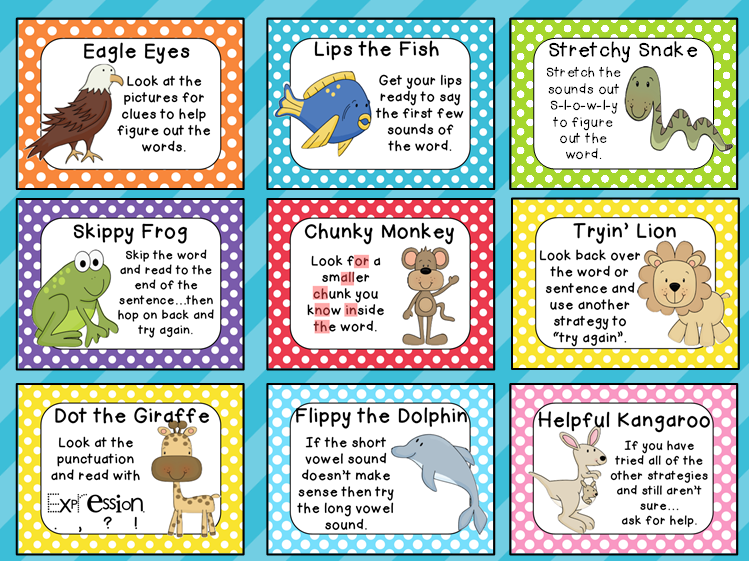 That’s why it’s essential to set aside some regular reading time with your young learner.
That’s why it’s essential to set aside some regular reading time with your young learner.
While reading, focus on reading slowly and aloud as you pan your finger on each word.
This exercise can help them associate printed letters and their combinations with the individual sounds they make. It will also help them realize that the spoken words we use can be found in print.
3) Demonstrate How To Blend Different Sounds
The ability to blend different sounds in words is essentially how we can read fluently. It helps us smoothly connect the individual sounds in a word as we read.
For example, the individual sounds in “maybe” are m/a/y/b/e. However, because of blending, you can sound out the word as /maaybee/ without even thinking about it.
Here are a couple of activities that can help your child blend different sounds.
Activity: Robot Talk
Robot talk can help a child segment the different sounds of a word. After “robot talking” a word, they can then say the word faster or more fluently.
Robot talk is exactly as it sounds: speaking in shorty, choppy sentences like a robot!
Activity: Guess The Word
All you need to get started with this fun activity is some picture cards of objects or items your child is familiar with (e.g., sun, moon, stars, trees, ball, etc.)
Place the picture cards in front of your child and tell them that you’re going to say a word out slowly and they will need to identify which card matches the word you’ve just said. For example, /ssstaarrsss/.
Playing this game is another way of helping your child recognize the individual sounds in words, a key component of learning how to sound out words.
4) Encourage Reading And Writing
You don’t have to wait until your child is a perfect speller to let them start writing. Any practice they get can help boost their awareness of sounds that are in words and, in turn, improve their writing awareness.
Activity: Sound Out The Written Word
If your child is learning how to spell mat, start by stretching the word out so they can hear each sound (m/a/t). After spelling the word, have your child read the word back to you at a normal pace (blending sounds).
After spelling the word, have your child read the word back to you at a normal pace (blending sounds).
This activity can help improve not only your child’s blending skills but also their spelling. Make it a bit more fun by letting them write each letter in a different color.
5) Play “I Spy” With The Alphabet
Letters are all around us. We might overlook this fun fact, but a child who’s learning the alphabet will find joy in noticing it. Now’s a great time to play “I Spy” — with a little twist, of course!
Play I Spy (driving to school, walking to the park, etc.) to find letters in the world around them. When your child finds a letter, encourage them to say it and the sound it makes out loud.
Take It One Sound At A Time
There is no magic wand that can help your young learner sound out words overnight. But we believe that with a little practice and lots of encouragement, your child will be a word-sounding-out pro in no time!
While on this literacy journey, remember to continue reading regularly, and when they finally get it, embrace those moments (no matter how small) to help keep them motivated.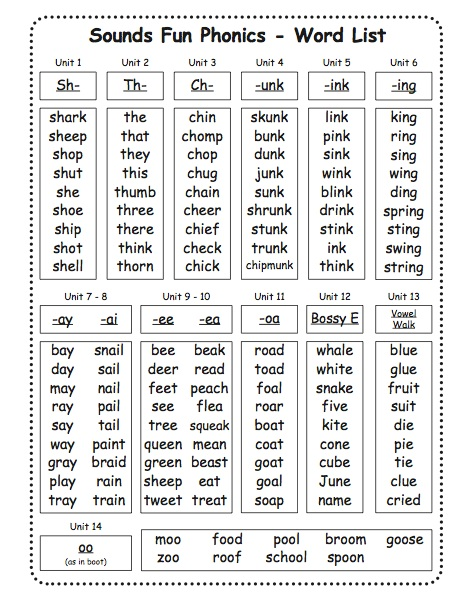
For more fun activities to try at home with your emerging reader, check out the HOMER Learn & Grow App!
Author
How to teach a child to speak: methods, games and exercises
The formation of a child's speech occurs long before he begins to speak on his own. From a very early age, the baby perceives the speech of adults, imitates it, and subsequently relies on the acquired experience. Speech development is not a process that can be left to chance - and in this article you will find out why.
Contents of the article:
- Stages of speech development
- 10 ways to teach your child to talk at home
- Exercises and games for the development of speech
- General tips
- When you need specialist help
- Conclusion
Stages of speech development
The formation of speech occurs gradually, starting from birth.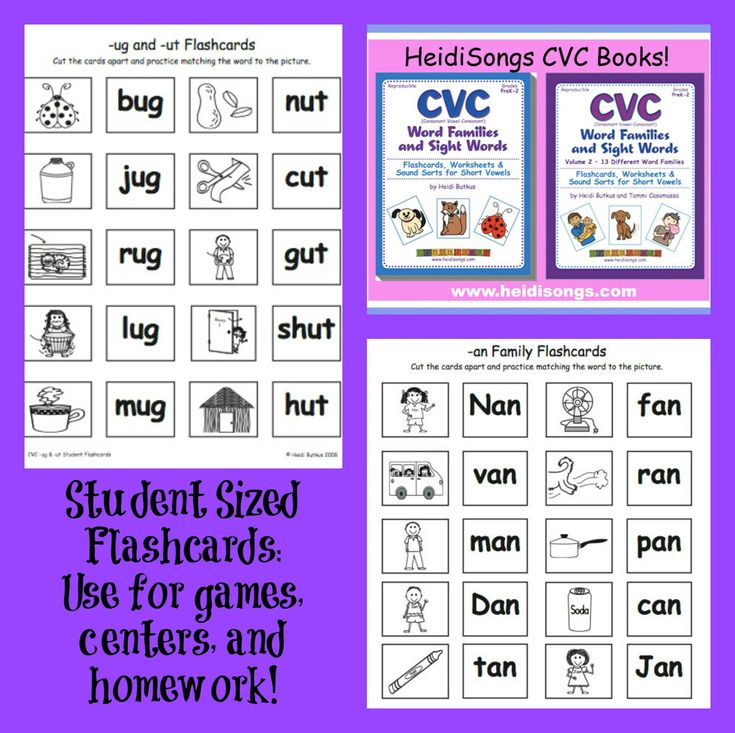 Knowing the approximate stages of speech development at each age, it is much easier to determine the presence of signs of a lag.
Knowing the approximate stages of speech development at each age, it is much easier to determine the presence of signs of a lag.
- From 0 to 6 months. The baby actively listens to the speech of adults, tries to reproduce the sounds that he still perceives as a melody. He already distinguishes the voices of people who are talking to him. First, the baby masters vowel sounds, and already closer to the age of one and a half months, the consonant sounds “g”, “k”, “x” appear, thanks to which the child begins to “walk”.
- 6 to 12 months. At this age, the child often imitates the sounds of adult speech. Pronounces separate syllables, for example "ma-ma", "babbles". By the end of the first year of life, the first words and sentences appear. Vocabulary ranges from 2-3 to 20 words, most of which are nouns.
- 1 year. In a year, speech becomes active and becomes a means of interaction with adults. Together with the ability to move independently, the child accumulates knowledge about the world around him and replenishes his vocabulary, which at this age is 300-400 words.
 Pronunciation adapts to itself, skipping or replacing complex combinations of sounds.
Pronunciation adapts to itself, skipping or replacing complex combinations of sounds. - 2 years. By the age of two, phrasal speech is formed. At this time, the child is able to formulate a sentence of 2-3 words. Gradually, grammatical categories are mastered, such as number, gender, case. The vocabulary reaches up to 700 units.
- 3 years. Children of this age actively communicate with adults and peers, but still with the help of simple sentences. A three-year-old child masters the basic laws of the language and, on their basis, invents his own words. This process is called "word-creation" and signals the normal development of the child's speech. Vocabulary - up to 1000 words.
- 4 years. In the fifth year of life, the child "hones" the acquired skills, replenishes the active and passive vocabulary, which is approximately 2000 words. As they grow older, the child begins to pronounce all the sounds of his native language clearly and clearly.
- By the age of 5, it is considered normal if the child has mastered all aspects of the language and is fluent in speech.
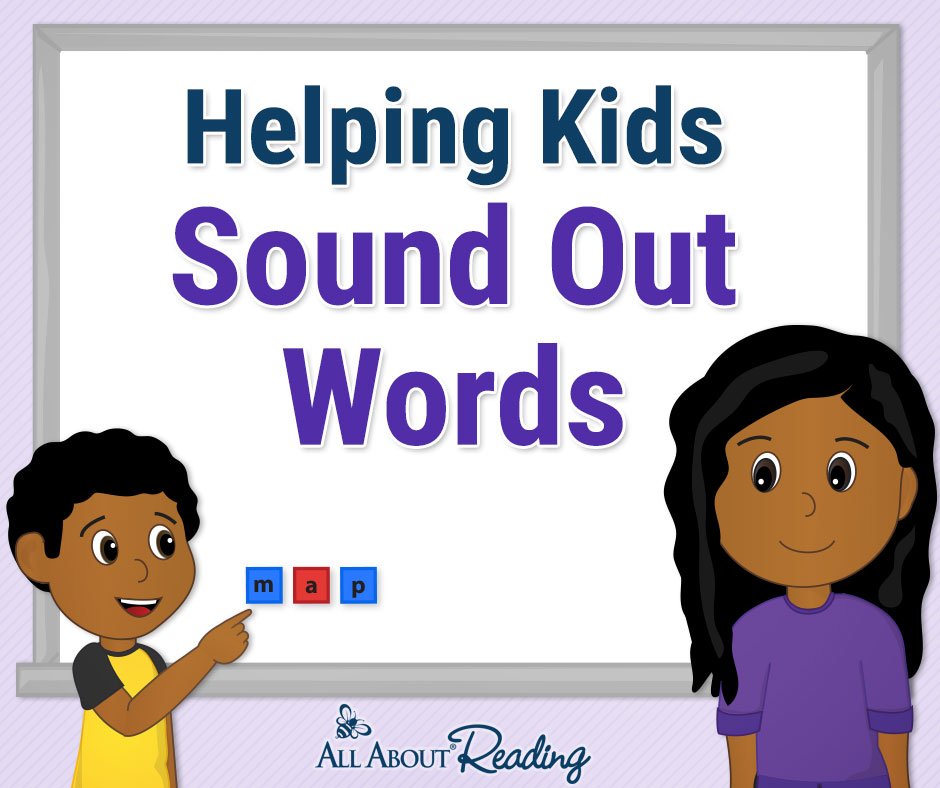 If not, this is a reason to immediately contact a specialist.
If not, this is a reason to immediately contact a specialist.
10 ways to teach your child to talk at home
- The most effective and basic way is to talk to your child as often and as much as possible. Pediatricians recommend communicating with the child even before he is born. The speech of an adult should be expressive, as babies perceive it on an emotional level. It is possible to teach a child to speak at 1 year old by abandoning sign language and completely switching to verbal communication. Use short and clear sentences, do not distort words. Speak in such a way that the child can observe the movements of the lips and try to independently apply them to his speech.
- Develop fine motor skills. Stimulation of nerve endings on the fingers has a positive effect on the development of speech.
 Any exercises that involve the motor skills of small muscles are suitable for this method: sorting through cereals, playing with massage balls, stringing beads on a string. (You can link to an article about developing fine motor skills by writing, for example, "Learn more here.") Fine motor skills classes will help to teach a two-year-old child to speak as early as possible.
Any exercises that involve the motor skills of small muscles are suitable for this method: sorting through cereals, playing with massage balls, stringing beads on a string. (You can link to an article about developing fine motor skills by writing, for example, "Learn more here.") Fine motor skills classes will help to teach a two-year-old child to speak as early as possible. - Expand vocabulary. At home, on the street, in a store, in nature, show and call the child the names of the surrounding objects. To his questions in an accessible language, explain the meaning of certain objects, trying not to overload the child's brain with complex terms. This is a natural and inexpensive way to quickly teach your child to speak at 2 years old.
- Read books. Children love to look at bright, colorful pictures. Read a book to your child, while pointing at the characters, for example, a bun, a fox, a hare. Simultaneous visual and auditory perception will help you remember words faster and learn how to pronounce them.
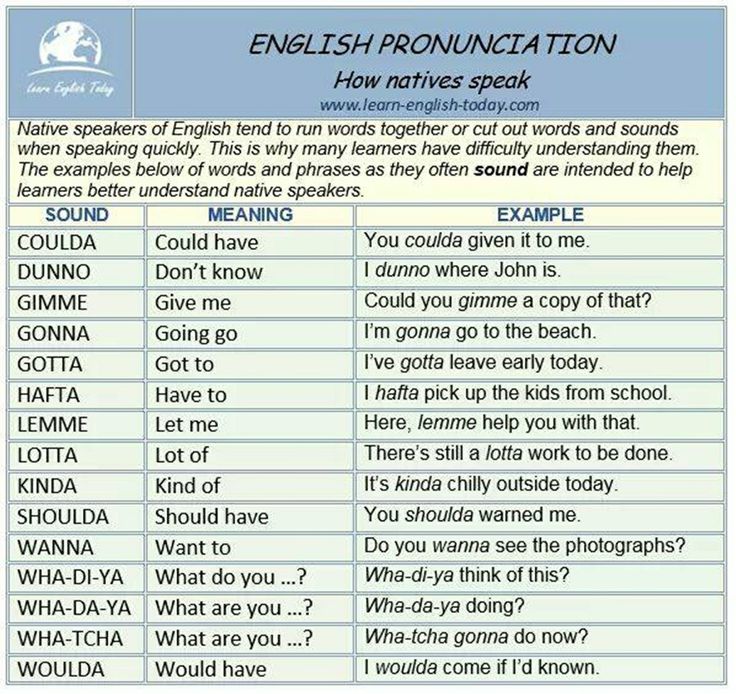 Set aside time for this activity each day to develop this healthy habit in your child.
Set aside time for this activity each day to develop this healthy habit in your child. - Sing songs. As much as books, children love songs. Sing along with your child his favorite songs, learn new songs that he will like. In addition to stimulating the speech apparatus, you will provide both yourself and your baby with a good mood.
- Not understanding sign language. If your child often uses gestures, replacing words with them, you need to stimulate him to the opposite. Once again, when the baby points his finger at something, pretend that you do not understand him. Try to start a dialogue by asking leading questions, but do not bring the child to hysteria if he is not yet ready for this way of communication.
- Take by cunning. When reading a well-known book, intentionally replace words, for example: "I'll sit on a stump, eat a pot (instead of" a pie ")". This technique will inspire your child to listen carefully to the speech, so that next time they can tell you how to do it right.
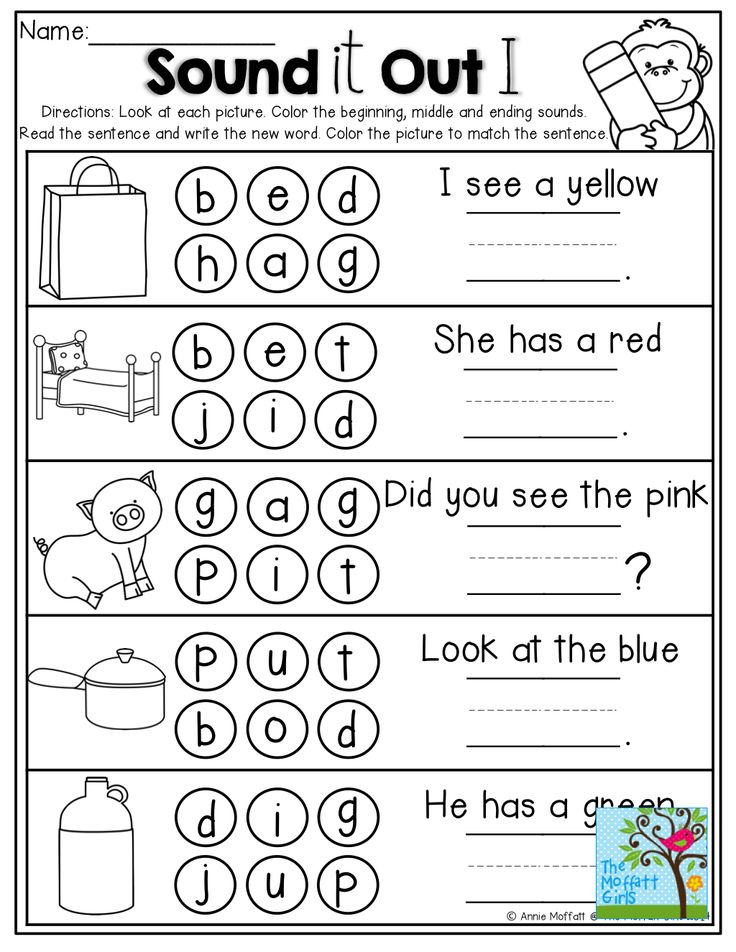 The method is perfect for teaching a child to speak at 3 years old, since by this age children are actively interested in literary works.
The method is perfect for teaching a child to speak at 3 years old, since by this age children are actively interested in literary works. - Repeat one after another. As a game, repeat the syllables that he says after the baby, and then offer your own version. The child will be happy to join this activity and will try to give out even more new syllables.
- Remove distractions. An incessantly running TV or computer with cartoons will drown out any of your attempts to enter into a dialogue. The child needs to hear the lively, clean, correct speech of an adult. To teach a child to speak at 4 years old, you should adhere to the time limits for watching cartoons.
- Show attention. Drop everything when the child comes up to you to tell you something interesting. Listen carefully, ask questions, be surprised and show your interest in every possible way. This will stimulate the desire to share with you everything that comes to mind and that you want to tell. Mutual dialogue is possible and necessary even with a small child, because it will help you quickly learn to talk.
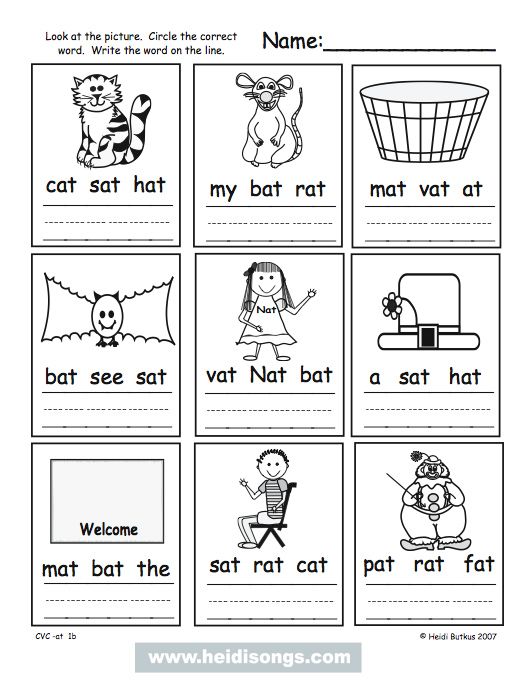
Exercises and games for the development of speech
Finger games
Favorite activity for all kids. Aimed at the development of fine motor skills and, as a result, the formation of speech. Learn small rhymes with your child, for example, "Magpie Crow." Connect finger movements that your baby will be happy to repeat. Such games improve fine motor skills and help to teach the child to speak correctly.
Articulation exercises
The small muscles of the mouth in childhood need to be trained, as they may not be sufficiently developed. To strengthen them, daily articulation exercises are required. Sit with your child at the mirror to control the correct execution of the exercises. Follow the movements of the lips and tongue, showing the child an example for his independent work.
Exercises for the development of speech breathing
It is important to teach a child to breathe correctly, starting from the moment of his speech development. The air released by us during the pronunciation of speech is the source of sound. Many simple and easily accessible exercises are aimed at developing breathing, for example: blow on a dandelion, inflate a balloon, blow soap bubbles.
The air released by us during the pronunciation of speech is the source of sound. Many simple and easily accessible exercises are aimed at developing breathing, for example: blow on a dandelion, inflate a balloon, blow soap bubbles.
Music games
You can teach your child to speak with the help of music games. When children sing, the assimilation of sounds, syllables and, ultimately, words is easier for them. Musical games can be organized in several variations: with musical instruments (spoons, drum), songs with onomatopoeia of animals, songs with the simultaneous execution of simple movements.
Didactic games
There are a huge number of games and methods using didactic material. And almost all of them can be applied to the development of speech. The game "Magic Bag" is great for developing speech skills. Rules of the game: in the bag there are objects of various shapes and sizes. The child is invited to feel to choose an object and describe it.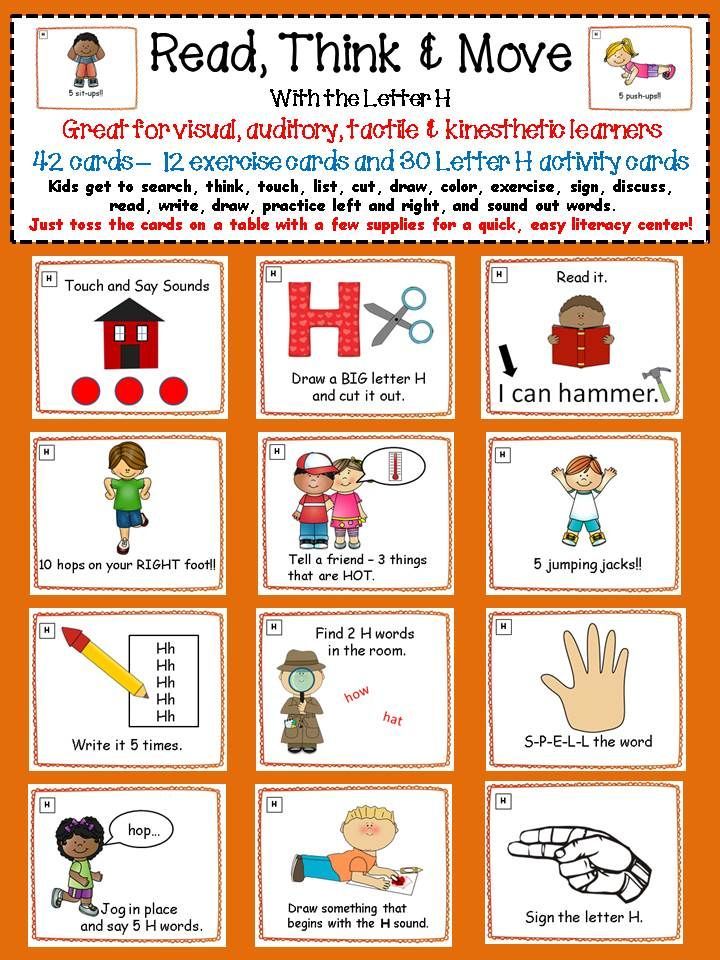 Pronunciation of the signs of an object reinforces speech, and also helps in the formation of initial mathematical concepts.
Pronunciation of the signs of an object reinforces speech, and also helps in the formation of initial mathematical concepts.
General advice
In the development of a child's speech, it is important to be guided by the general principle "Do no harm". It must be remembered that each child develops according to his own individual model and it does not always adapt to the described stages of development. We recommend adhering to principles that apply in general to the entire process of raising and developing children.
- The principle of play form. For a child of preschool age, the leading activity is the game. The more interesting the lesson is built, the more involved the child will be in it. Don't force me to play. Get interested instead.
- The principle of mutual dialogue. Talking to children is not a waste of time, as it might seem at first glance. Bring the child to a dialogue, keep up a conversation with him, tell and listen carefully. Communication is the most effective way to teach a child to speak early.

- Problem acceptance principle. It is difficult to admit to oneself that the child has any problems. However, the sooner you start working on the bugs, the faster you will get the result. Do not be afraid to turn to professionals if you see that independent work does not bear fruit.
- The principle of accepting individuality. Your child is already a separate person, even if he is just starting to stand on his feet. You should not compare him with peers who are already telling poems with might and main. Instead of criticizing, praise every achievement of your child and then he will definitely speak.
When the help of specialists is needed
When a problem is discovered and the right ways to solve it will help prevent further lagging behind the child. It is necessary to be patient, aim for a positive result and give your child a chance to painlessly enter the social world and learn to exist in it.
It is necessary to be patient, aim for a positive result and give your child a chance to painlessly enter the social world and learn to exist in it.
Reasons to start working on the development of speech together with a speech therapist, neurologist and other specialists:
- after 8 months the baby does not respond to calls to him;
- nasal voice appears;
- there is not enough air to complete the phrase;
- during a conversation there is increased salivation;
- at 2 years old, the child speaks only in syllables;
- at 3 years old, the child still tends to speak only in simple words;
- at the age of 4, the sense of syllable was not developed and the words were distorted.
Conclusion
Children's development centers "Baby Club" have been helping parents in the development of children since 2000. Our mission is the harmonious development of the child and his formation as an independent person.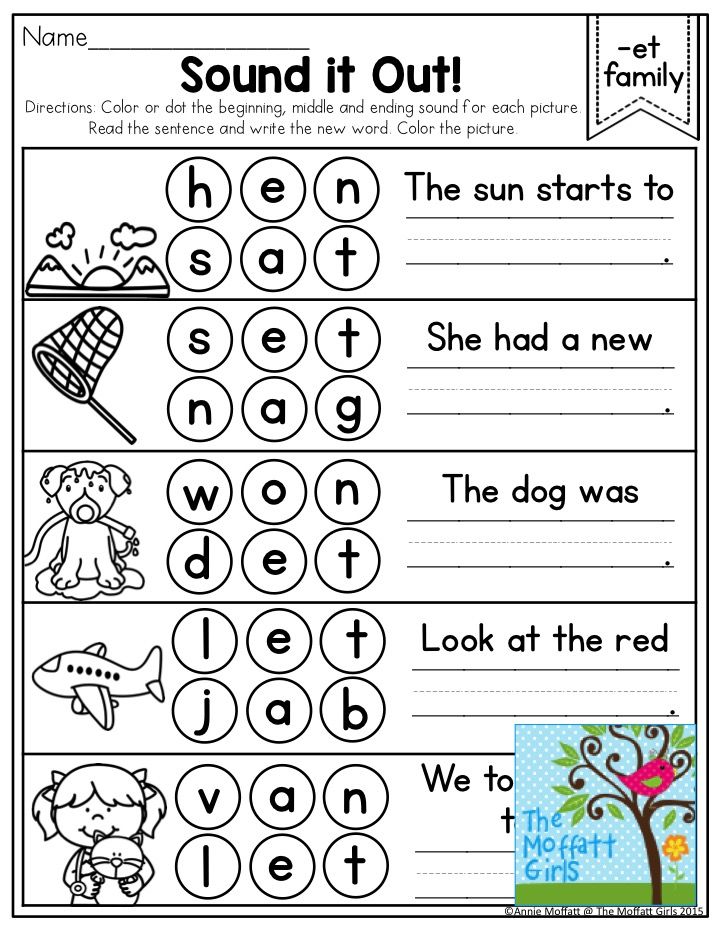
Baby club teachers will find an individual approach to your baby. And a rich environment and a children's team will help the child quickly enter society and start talking. Contact our centers, because preventing a problem is easier than dealing with its consequences.
Teaching a child to pronounce sounds correctly
pronunciation of sounds
Author: Anna Lodygina
We will learn how to help a child learn to pronounce the sounds of complex letters correctly. Correct pronunciation of voiced, hard and hissing sounds.
How to teach a child the correct pronunciation of sounds
Most parents are faced with the fact that the baby pronounces some sounds incorrectly, or even speaks in such a way that no one understands him except us.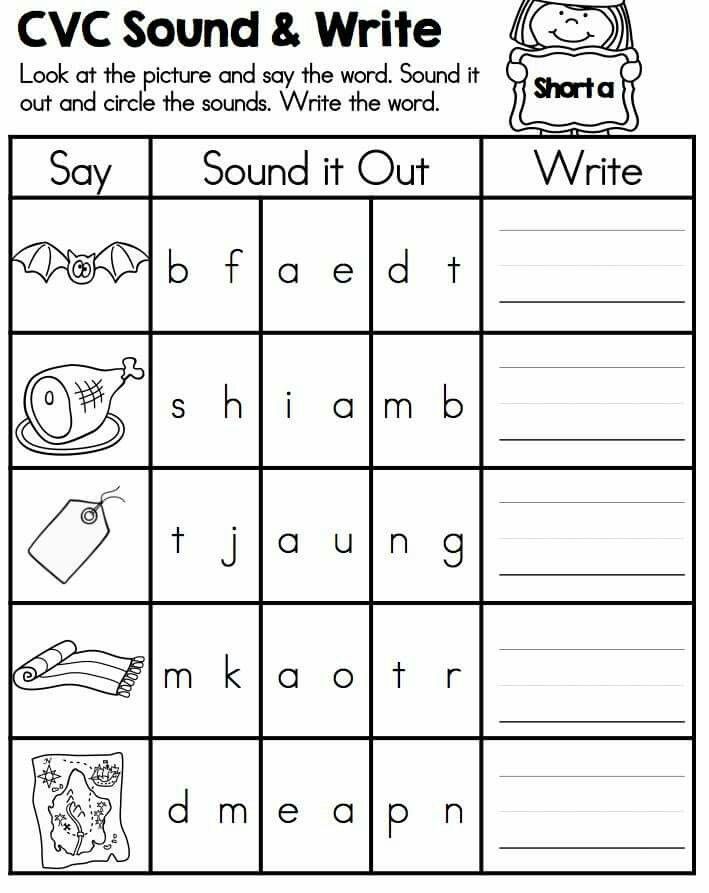 First, we expect the preschooler's speech to improve on its own with age. And when he is already preparing to become a schoolboy with slurred speech, then in a hurry we teach the child to pronounce sounds correctly, forgetting that speech therapists have been learning to teach preschoolers the correct pronunciation for 5 years. In order not to regret the lost time, it is better to come to grips with the speech of your baby from the age of four. And if in 1 month of self-study it was not possible to teach the child to pronounce the letters correctly, then you need to contact a speech therapist.
First, we expect the preschooler's speech to improve on its own with age. And when he is already preparing to become a schoolboy with slurred speech, then in a hurry we teach the child to pronounce sounds correctly, forgetting that speech therapists have been learning to teach preschoolers the correct pronunciation for 5 years. In order not to regret the lost time, it is better to come to grips with the speech of your baby from the age of four. And if in 1 month of self-study it was not possible to teach the child to pronounce the letters correctly, then you need to contact a speech therapist.
What sounds should the child make?
By the age of 2 years, the baby must master the vowels, except for "s", "e", and easy-to-pronounce consonants "m", "p", "b", "d", "k", "g", " t", "n", as well as their soft pairs. If a two-year-old child only pronounces vowels, then this should alert.
By the age of three, children master the vowels "s", "e", as well as hard and soft consonants "v", "f", "x", "l".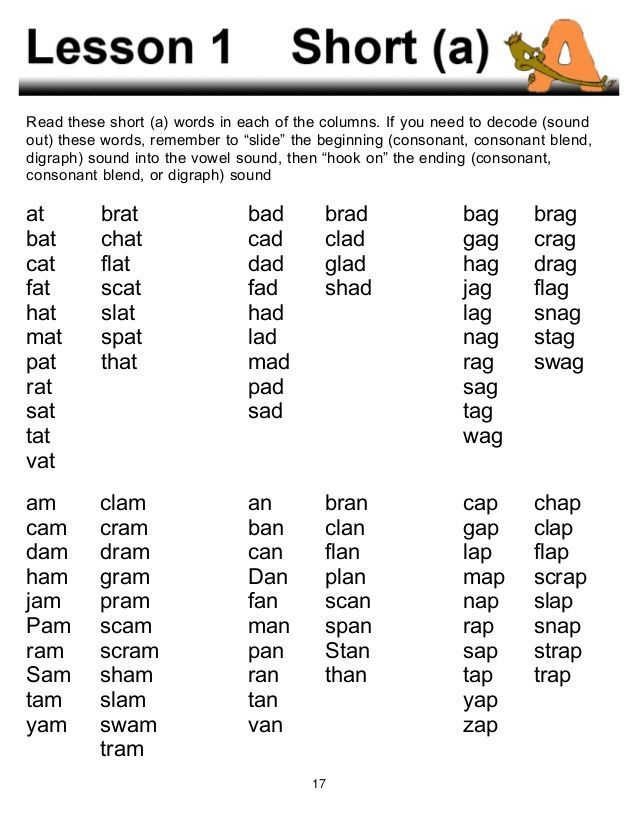 If even at 3 years old the child does not pronounce consonant sounds, then this is a reason to show him to a speech therapist or neurologist.
If even at 3 years old the child does not pronounce consonant sounds, then this is a reason to show him to a speech therapist or neurologist.
By the age of four, whistling “s”, “z”, “ts” appear in speech.
At the age of 5, boys and girls can already correctly pronounce the hissing “sh”, “g”, “u”, and by the age of 6 they master the most difficult pronunciation “l” and “r”.
By the age of six, the pronunciation of all sounds should be correct. If at the age of 6 a child does not pronounce sonorous sounds or any others, then he needs speech therapy classes.
How to teach a child to pronounce sounds correctly?
If a child pronounces sounds incorrectly, which, according to age norms, he should already master, start studying with him, without postponing this matter for later. For classes you will need:
- a mirror so that a preschooler can see his articulation;
- cotton swab, which will act as a speech therapy probe;
- teaspoon - for the same purpose.
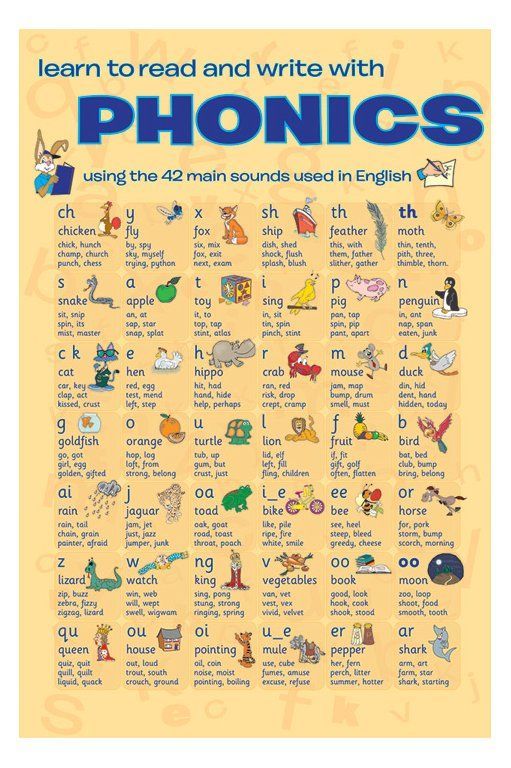
Learn more

